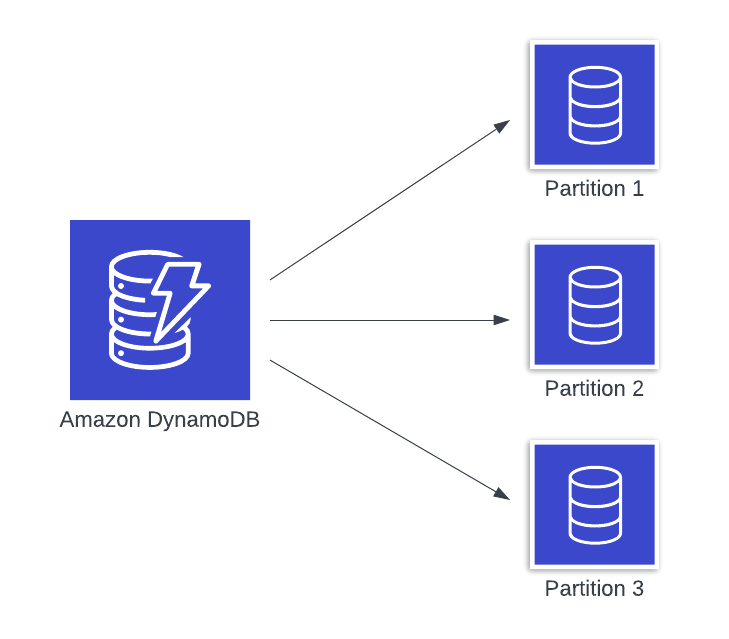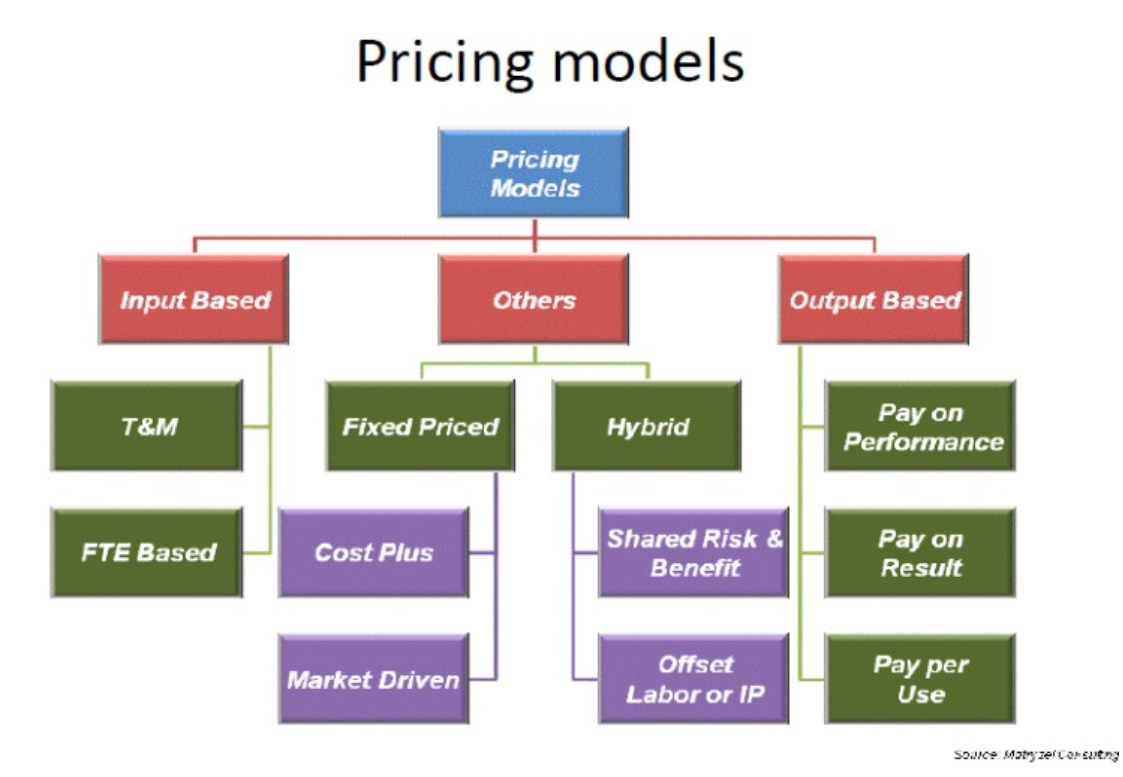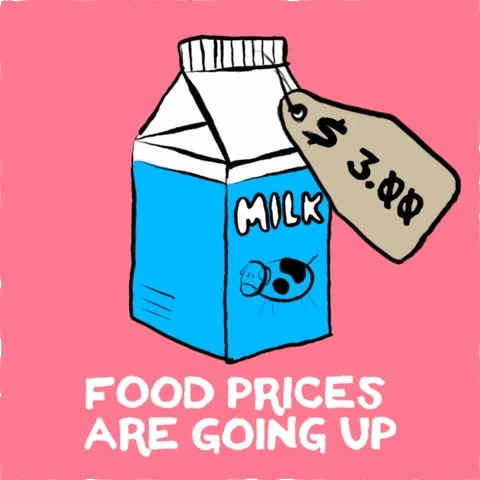When it comes to data serialization formats, JSON and YAML are two of the most popular players in the game. Whether you're a developer, a data scientist, or just a tech enthusiast, you’ve probably encountered both. But how do they stack up against each other? Let's dive into this showdown and see what makes each format unique—and maybe even a little quirky.
The Basics: What Are JSON and YAML?
JSON (JavaScript Object Notation) is like that dependable friend who shows up on time and follows the rules. It’s a lightweight, text-based format designed for easy data interchange. JSON looks a bit like JavaScript, but don’t let that scare you—its syntax is pretty straightforward.
YAML (YAML Ain't Markup Language), on the other hand, is the free-spirited artist of the data format world. It’s designed to be human-readable and is often favored for its simplicity and flexibility. YAML is like a chill, minimalist friend who’s always down for a deep conversation.
Syntax Smackdown: JSON vs. YAML
JSON: The syntax is rigid and precise. Everything is enclosed in curly braces {} for objects and square brackets [] for arrays. Keys and values are separated by colons, and string values need to be enclosed in double quotes. It’s neat, orderly, and reliable—like a well-organized desk.
Example JSON:
json
Copy code
{
"name": "Alice",
"age": 30,
"hobbies": ["reading", "biking", "coding"]
}
YAML: YAML is all about indentation. Forget about curly braces and square brackets; instead, YAML relies on indentation to define structure. Key-value pairs are separated by a colon followed by a space, and lists are indicated with dashes. YAML is like writing in a relaxed, conversational tone.
Example YAML:
yaml
Copy code
name: Alice
age: 30
hobbies:
- reading
- biking
- coding
Human vs. Machine Readability
JSON: It’s machine-friendly. The strict syntax makes it easy for computers to parse and generate. If you’re looking for consistency and predictability, JSON is your go-to. However, while it’s great for machines, JSON can be a bit verbose for humans, especially with deeply nested structures.
YAML: YAML wins the “human readability” award. Its format is clean and uncluttered, making it easier to read and write by hand. However, this flexibility can sometimes lead to ambiguity. For instance, indentation is crucial in YAML, and even a small mistake can lead to parsing errors.
Comments: A Game-Changer
JSON: Comments are a no-go. JSON doesn’t allow comments, which means you have to keep documentation separate or embed notes in other ways. It’s like having a notebook with no margin space for doodles.
YAML: Comments are totally allowed and are a big plus for YAML. You can include comments directly in your YAML files using the # symbol. This is great for adding explanations or reminders without cluttering the data itself. It’s like having sticky notes all over your notebook.
Complexity and Data Structures
JSON: Handles complex data structures like nested objects and arrays with ease. However, its syntax can become cumbersome with deeply nested structures. Imagine trying to untangle a complex web of string and numbers—JSON makes it manageable but requires attention.
YAML: YAML also supports complex data structures and does so with a more intuitive approach. You can easily nest data and even use advanced features like references and anchors to avoid redundancy. It’s like having a well-organized filing system that lets you cross-reference without losing track.
Use Cases: Where Each Shines
JSON: Perfect for web APIs and configuration files where machine readability and strict syntax are crucial. It’s the format of choice for many web services and applications, thanks to its simplicity and widespread support.
YAML: Often used in configuration files, CI/CD pipelines, and situations where human readability is a priority. It’s popular in the DevOps world and for configurations that benefit from an easily editable format.
Conclusion: The Verdict
In the ultimate battle of JSON vs. YAML, there’s no definitive winner—just different champions for different needs. JSON is your reliable, no-nonsense format that works seamlessly with machines. YAML, on the other hand, is your human-friendly, flexible format that shines in readability and ease of use.
So, whether you’re coding a new app, setting up configurations, or just exploring data formats, remember that JSON and YAML each have their own strengths. Choose the one that best fits your needs, and may the data be ever in your favor!
Feel free to take this information and use it however you like. If you need more comparisons or have other tech questions, just let me know!






